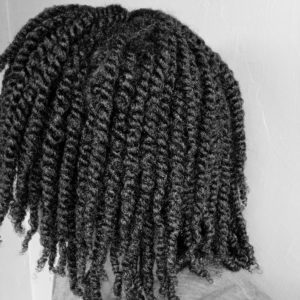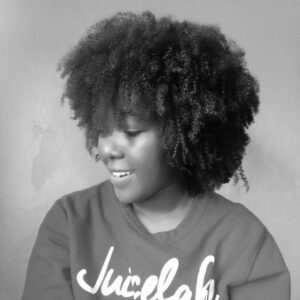Hey there, curlfriend. Have you ever felt like your hair is doing the absolute most—one day it feels mushy and lifeless, and the next, it’s stiff and snapping like dry spaghetti? Sis, you might be dealing with hygral fatigue or protein overload!
Both of these hair conditions can throw your 4C natural hair off balance, leaving you frustrated and confused about what your hair needs. But don’t worry, I’ve got you covered. In this guide, we’ll break down hygral fatigue vs. protein overload, how to tell the difference, and how to restore your hair to its healthy, bouncy self.
Feel like your hair has been the same length forever, I’ve an Ebook that will help you grow your hair healthier, longer and thicker. Grab your copy here… Also, check out all the Ebooks,guides and journals that will go a long way in your hair care journey here.
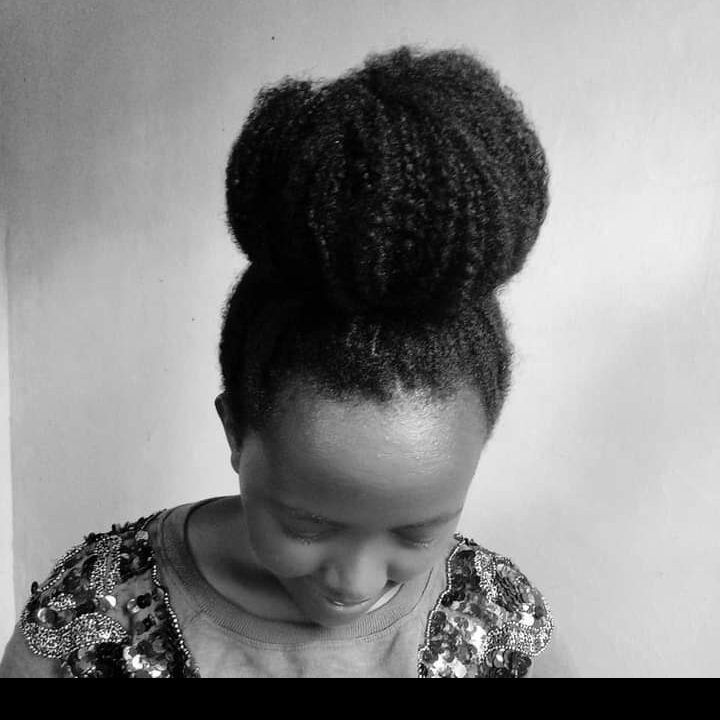
What is Hygral Fatigue?
Hygral fatigue happens when your hair absorbs and loses too much water repeatedly, weakening the hair shaft over time. Think of it like an elastic band that stretches too much—eventually, it loses its shape and snaps!
Causes of Hygral Fatigue:
- Over-moisturizing with water-based products like hydrating leave in conditioners and moisturizing deep conditioners.
- Excessive wetting and washing (e.g., daily co-washing, shampooing and constantly spritzing water on your hair).
- Sleeping with damp hair and keeping your damp. For instance doing the baggy moisturizing method overnight on a regular.
- Constantly/ over-using moisturizing deep conditioners without strengthening ingredients or not alternating protein based deep conditioners and moisturizing deep conditioners.
- Skipping protein treatments, which are essential to keep your hair strong without leaving the hair too soft.
Signs of Hygral Fatigue:
- Hair feels mushy, weak, or overly soft.
- Stretchy and limp strands that don’t bounce back.
- Increased shedding and breakage.
- Hair tangles easily and keeps tangling even after detangling.
- Hair won’t hold styles and appears lifeless.
What is Protein Overload?
Protein overload, on the other hand, happens when your hair has too much protein and not enough moisture. Protein is essential for hair strength, repairing hair damage but too much of it can make your hair brittle and prone to breakage.
Causes of Protein Overload:
- Using too many protein-rich products (like protein treatments, protein-based leave-ins, and gels). Having every product with protein in its ingredients.
- Not balancing protein with moisture. Balancing both protein and moisture means using products that keep the balance like deep conditioners with moisture-protein balance.
- Hard water buildup (which contains minerals that mimic protein effects).
Signs of Protein Overload:
- Hair feels stiff, dry, and brittle.
- Increased breakage and split ends.
- Hair lacks elasticity and snaps when stretched.
- Strands feel rough, straw-like, and hard to touch, detangle.
- Hair becomes resistant to moisture and won’t absorb water easily.
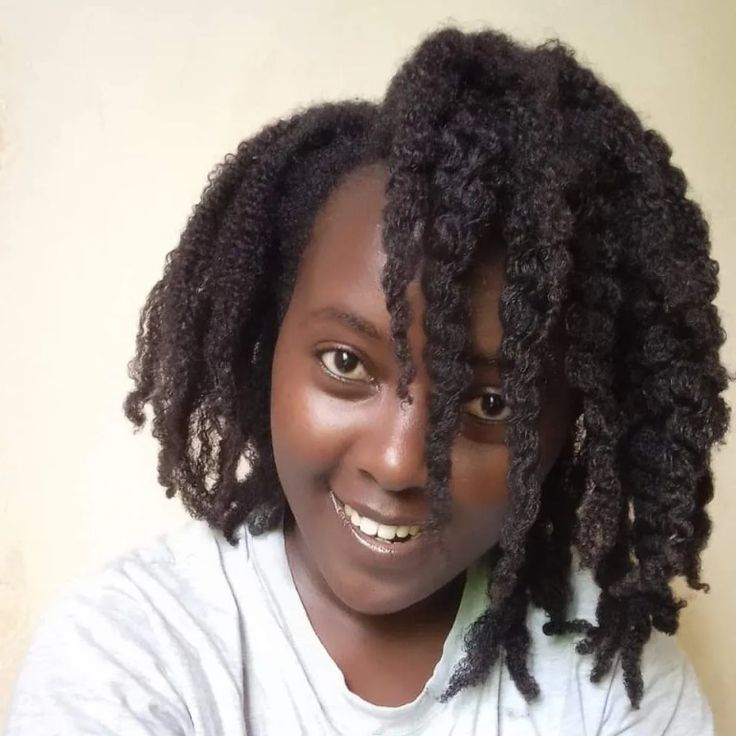
How to Tell the Difference Between Hygral Fatigue & Protein Overload
If you’re unsure whether you have hygral fatigue or protein overload, try this simple test:
- Wet a strand of hair and stretch it gently.
- If it stretches too much and feels limp before breaking, you likely have hygral fatigue.
- If it snaps immediately with no stretch, you’re dealing with protein overload.
- Feel your hair when it’s dry.
- Soft, weak, and overly moisturized? Hygral fatigue.
- Hard, stiff, and brittle? Protein overload.
- Check your recent hair routine.
- Been deep conditioning with moisturizing deep conditioners too much? Using too much moisturizing products or keeping your hair damp? Hygral fatigue.
- Been using too many protein-based products? Protein overload.
How to Fix Hygral Fatigue
If your hair has hygral fatigue, the key is to reduce moisture overload and strengthen your strands. Here’s how:
Use a Protein Treatment
- Protein treatments help restore balance and reinforce the hair structure.
- Try Aphogee Two-Step Protein Treatment for an intense protein boost.
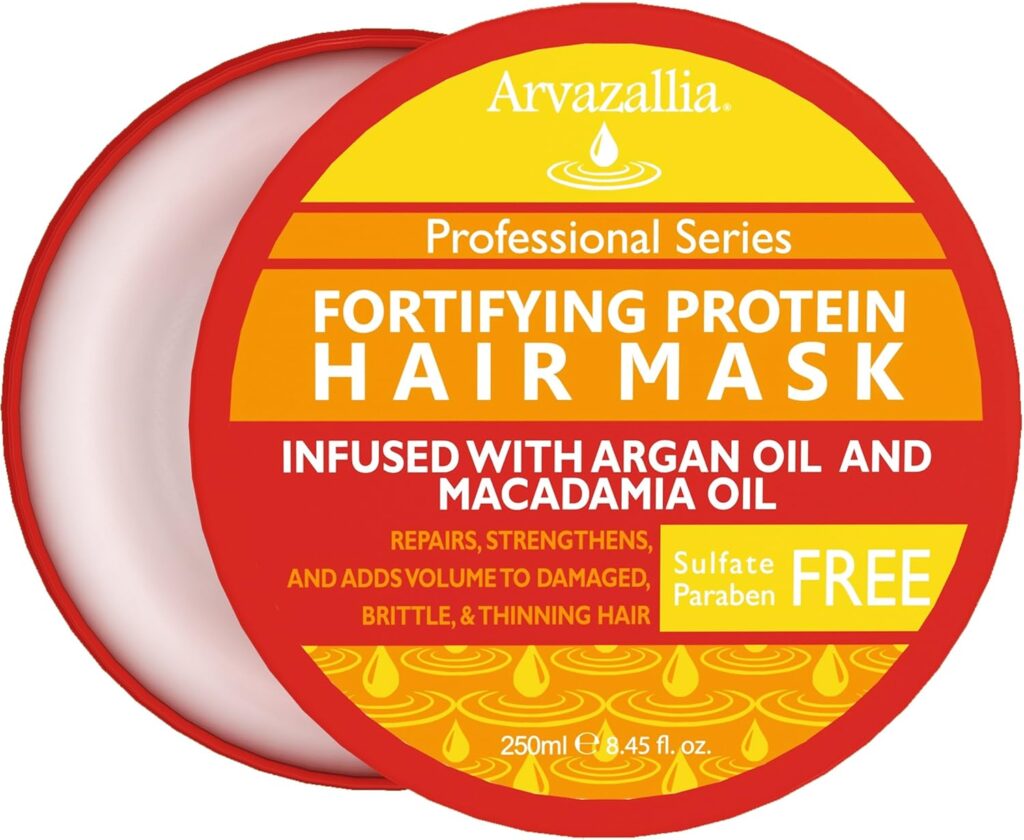
Limit Excessive Wetting
- Reduce how often you wet or re-moisturize your hair.
- Instead of daily spritzing, seal in moisture with a butter like SheaMoisture Raw Shea Butter.
Switch to a Mild Moisturizer
- Use a lightweight, protein-infused leave-in conditioner instead of heavy, water-based creams. Also when choosing moisturizing hair products, consider knowing your hair porosity type.
- Try Mielle Organics Avocado Moisturizing Hair Milk.
Strengthen with Oils
- Coconut oil, castor oil, and henna-infused oils help reinforce the hair shaft. Consider incorporating hot oil treatments in your hair care routine.
- Tropic Isle Living Jamaican Black Castor Oil is amazing for sealing and strengthening hair. Jamaican Black Castor oil is also perfect for regrowing edges and stimulating hair growth.
Incorporate Bond-Building Treatments
- If your hair is severely damaged, use Olaplex No. 3 Hair Perfector to rebuild broken bonds. Consider protein based deep conditioners or protein treatments to help repair protein bonds. Don’t overuse the protein treatments though because this may cause protein overload.
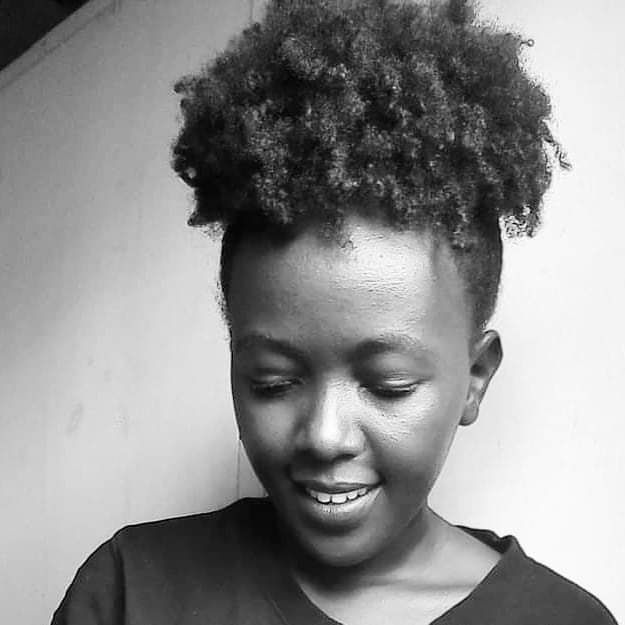
How to Fix Protein Overload
If you have protein overload, the goal is to restore moisture and softness, keep the moisture-protein balance. Here’s what you need to do:
Clarify & Reset Your Hair
- Use a gentle clarifying shampoo to remove excess protein buildup.
- Try SheaMoisture African Black Soap Deep Cleansing Shampoo.
Deep Condition with Moisture
- Swap protein-based conditioners for moisture-rich, protein-free deep conditioners.
- TGIN Honey Miracle Hair Mask is a moisture bomb. Focus on moisturizing deep conditioners with only moisturizing ingredients.
Use Humectants & Emollients
- Hydrating ingredients like glycerin, aloe vera, and honey help soften stiff strands.
- Try Camille Rose Naturals Honey Hydrate Leave-In. Most leave-in conditioners have the moisturizing ingredients, so consider getting moisturizing leave-in conditioner without any protein ingredients.
Avoid Heavy Protein Products
- Skip products with keratin, hydrolyzed wheat protein, collagen and other hydrolyzed protein ingredients until your hair is balanced.
- Instead, use lightweight, hydrating stylers like Cantu Comeback Curl Next Day Curl Revitalizer Mist with Shea Butter for Natural Hair.
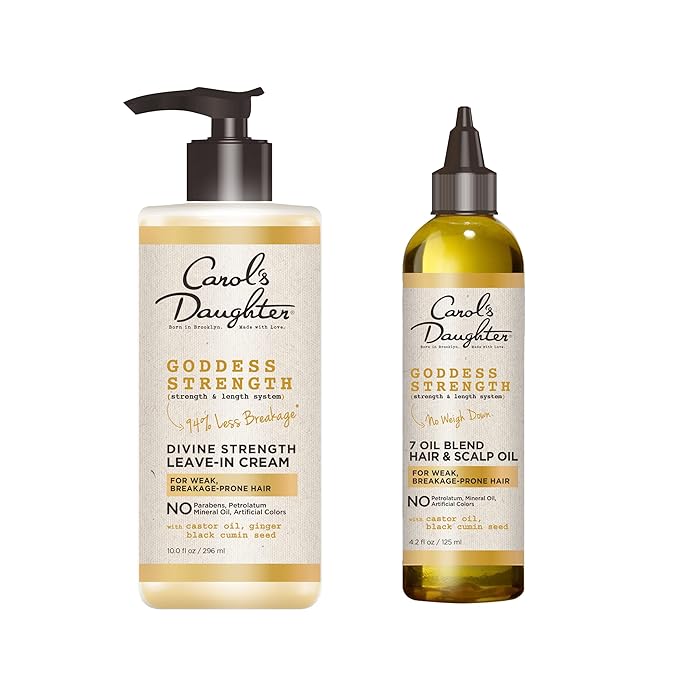
Steam Your Hair
- Using a hair steamer like DENFANY Hair Steamer, 2 in 1 Hair and Face Steamer for Natural Hair helps open up the cuticle and allow moisture to penetrate deeper.
Final Thoughts
Curlfriend, finding the right moisture-protein balance for your 4C hair is so important for keeping your curls healthy, strong, and thriving. If your hair is feeling off, take a step back and assess whether you have hygral fatigue or protein overload, then follow the right recovery routine.
Have you ever dealt with moisture overload or protein overload? Let me know in the comments, I’d love to hear how you tackled it.

